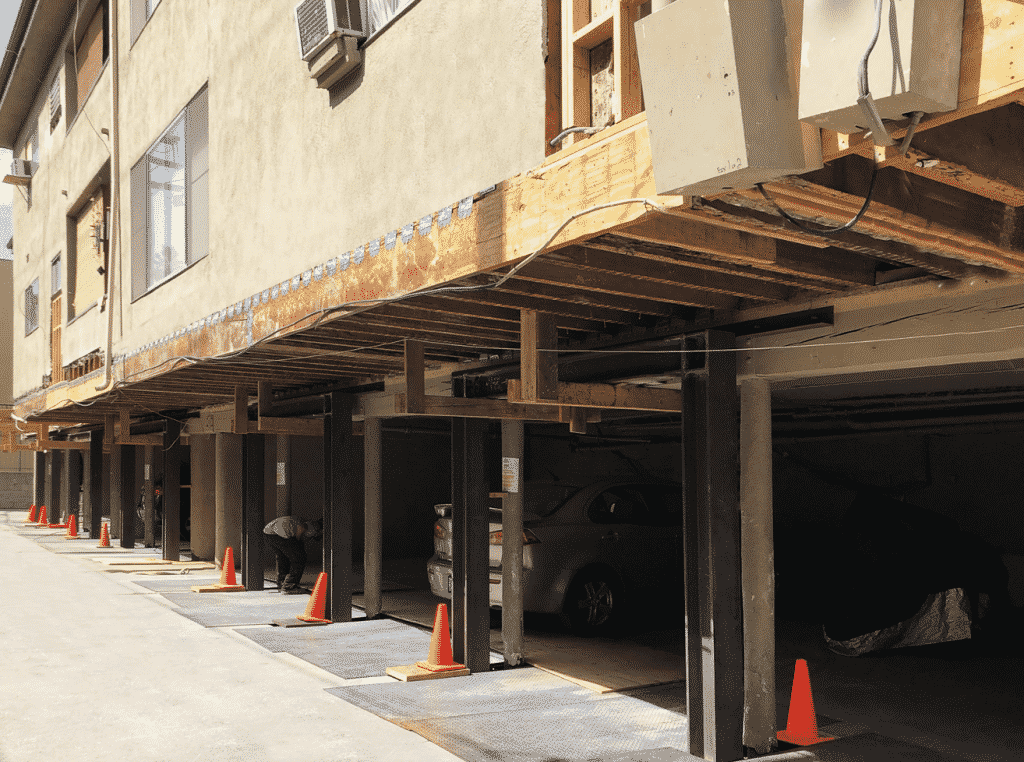Seismic retrofitting is an important process of protecting your house from the earthquake impact. A house can benefit from seismic retrofitting by minimizing the damages they might get in case there is an earthquake in the area. The better the seismic retrofitting installation, the better it will protect the house from the big earthquake impact. So, it is important for you to find the right seismic retrofit solutions for your house.
There are some basic components of a seismic retrofit you need to understand. These components work hand in hand to protect your house from the earthquake impact whenever it happens.
Here are 3 basic components of a seismic retrofit:
Foundation
The first component is foundation. Without a good foundation, a seismic retrofit can’t deliver its function to prevent earthquakes from destroying your house. So, installing a good foundation is one essential component of the seismic retrofitting process. The foundation will become a part of the seismic retrofit procedure to support the other components, such as the dragline and steel frame.
The constructor will need to create the foundation by digging narrow trenches around the house area for them to install the steel frame. Then, the trenched area needs to get strengthened by the reinforcing bar and concrete.
Dragline
Dragline is something that you need to build around the house construction to allow the seismic forces to go through this line toward the steel frame. The dragline is something that will help you redirect the impact of the seismic activity toward the steel frame instead of letting it go destroying your house.
Dragline needs to get connected to the main building of your house, and then it also needs to get connected to the steel frame. This way, when the earthquake happens, the dragline can keep the house structure stable and prevent any damage to it. Then, the steel frame will handle the impact, which will protect the house from collapsing.
Steel Frame
Steel frame provides the primary protection for your house during an earthquake, and with the steel frame installed, you can prevent your house from swaying too much during an earthquake, preventing it from collapsing. Installing steel frames will be subject to the unique construction of each house, so it will be the constructor’s decision on how the steel frame can get installed in your house building.
The one important thing to keep in mind is that the steel frame needs to have flexibility, as it is the component that will handle the force of the earthquake the most, so it needs to withstand even the most violent swaying caused by the earthquake.
Conclusion
These are the basic components of a seismic retrofit. A seismic retrofit will not be complete without these three basic components gathered together to form a solid protection for your house or any other building.
These basic components installation will depend on the house layout and the construction type of the house. Thus, the cost of seismic retrofitting will vary for each building. The larger and more complex your house construction, the more expensive it will be for you to pay for the seismic retrofitting process.
